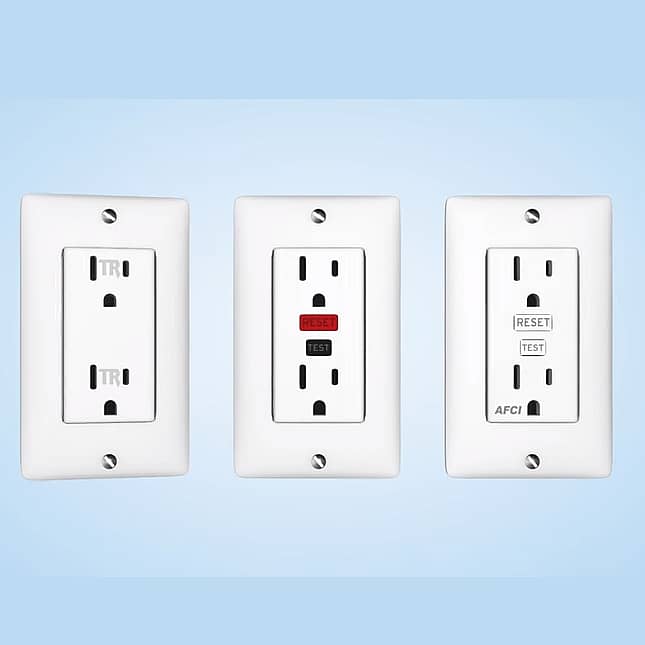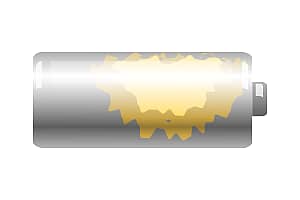Do your Outlets Need an Upgrade?
Did you know that an electrical outlet can do much more than provide electricity? They can be life saving devices by preventing shocks, burns and even fires.
Do your outlets need an upgrade? Learn about these specialized electrical outlets with added features to provide a safer home.
The major specialized outlets are:
Ground Fault Circuit Interrupters
Ground Fault Circuit Interrupters, or GFCIs, prevent shock by quickly shutting off power when it detects an electrical danger
The National Electrical Code requires GFCIs in areas where water and electricity are in close proximity. Such as in bathrooms, garages, kitchens, laundry areas and outdoors.
Arc Fault Circuit Interrupters
An arc fault is a dangerous electrical problem caused by damaged, overheated, or stressed electrical wiring and devices
Arc Fault Circuit Interrupters, or AFCIs, reduce the risk of fires by interrupting power when an arc fault occurs anywhere in the circuit, including within walls, at loose electrical connections or within electrical cords.
The Consumer Product Safety Commission estimates more than 50% of the electrical fires that occur every year could be prevented by AFCIs
Both GFCI and AFCI outlets should be tested monthly
Tamper Resistant Receptacles
TRRs resemble regular receptacles but they’re so much more. In fact, they provide a permanent solution to childhood shock caused by tampering with electrical outlets. TRRs feature built in safety shutters that block foreign objects from being inserted into the receptacle.
TRRs required by the National Electrical Code since 2008
Internal shutters block foreign objects from being inserted into the outlet.
Shutters will remain closed if an object is inserted into one side of the receptacle. The shutters open only when a 2 bladed or grounded plug is inserted.
Do TRRs require special instructions to use?
TRRs work like normal outlets.
When you plug into a TRR for the first time, you may be able to feel the internal shutter system engaging. If excessive force is needed to insert a plug into a TRR, there’s a chance that the plug, not the receptacle, is damaged
If a plug’s blade is bent or splayed, carefully straighten out the blades. This allows each prong to contact the shutters simultaneously and therefore engage them as designed.
If a plug is damaged and has a sharp edge or uneven blade tip, the plug will need to be replaced. Inserting damaged plugs into any receptacle may cause additional damage.
Never use a plug with cracks or creases on the blades in any receptacle.
GFCIs, AFCIs, and TRRs are required in all new and renovated homes. Remember, all outlet installations should be performed by a qualified electrician.








